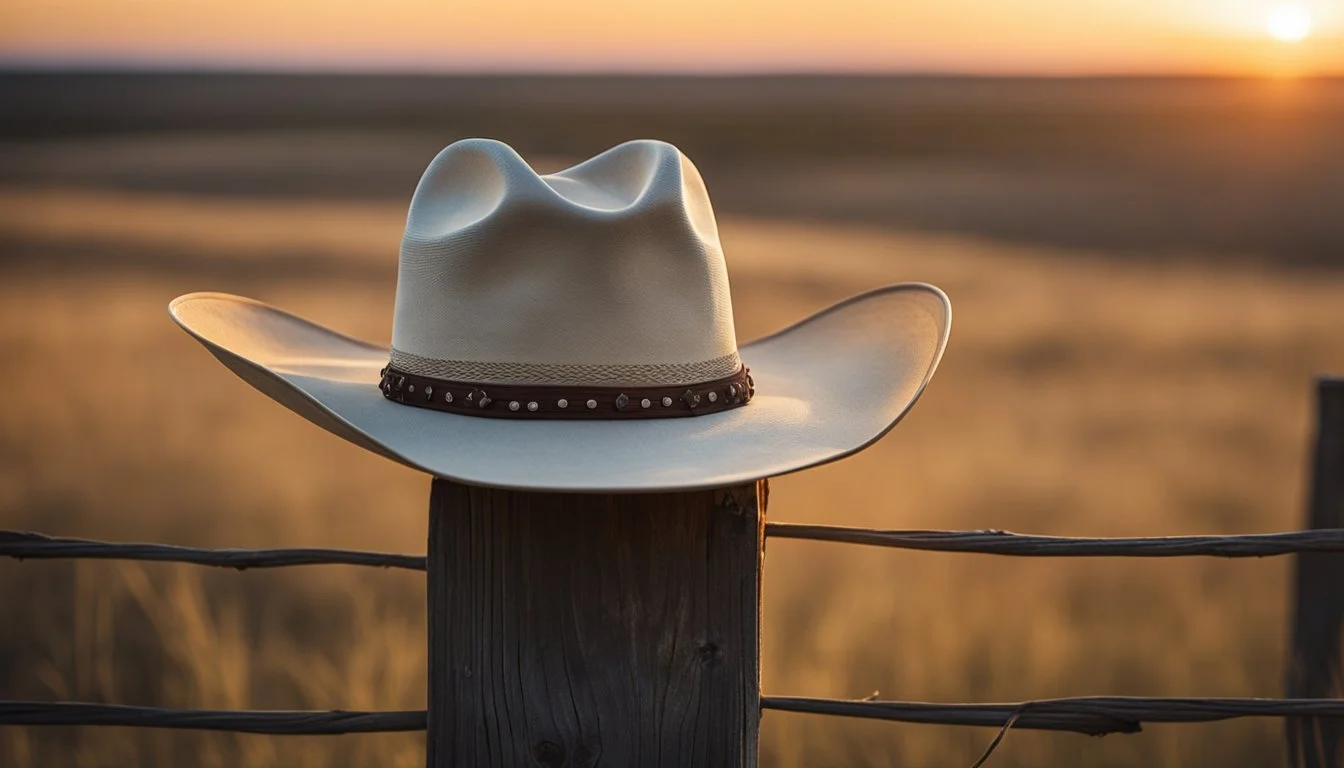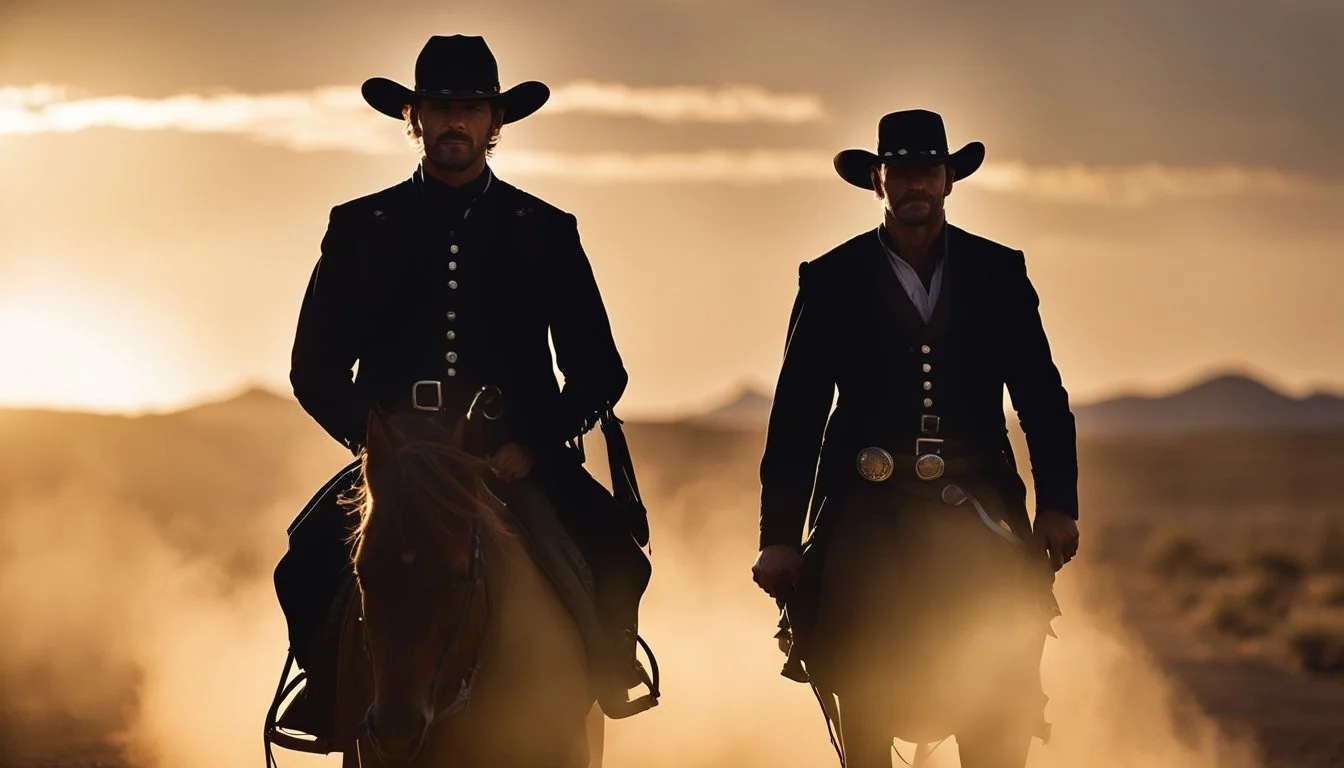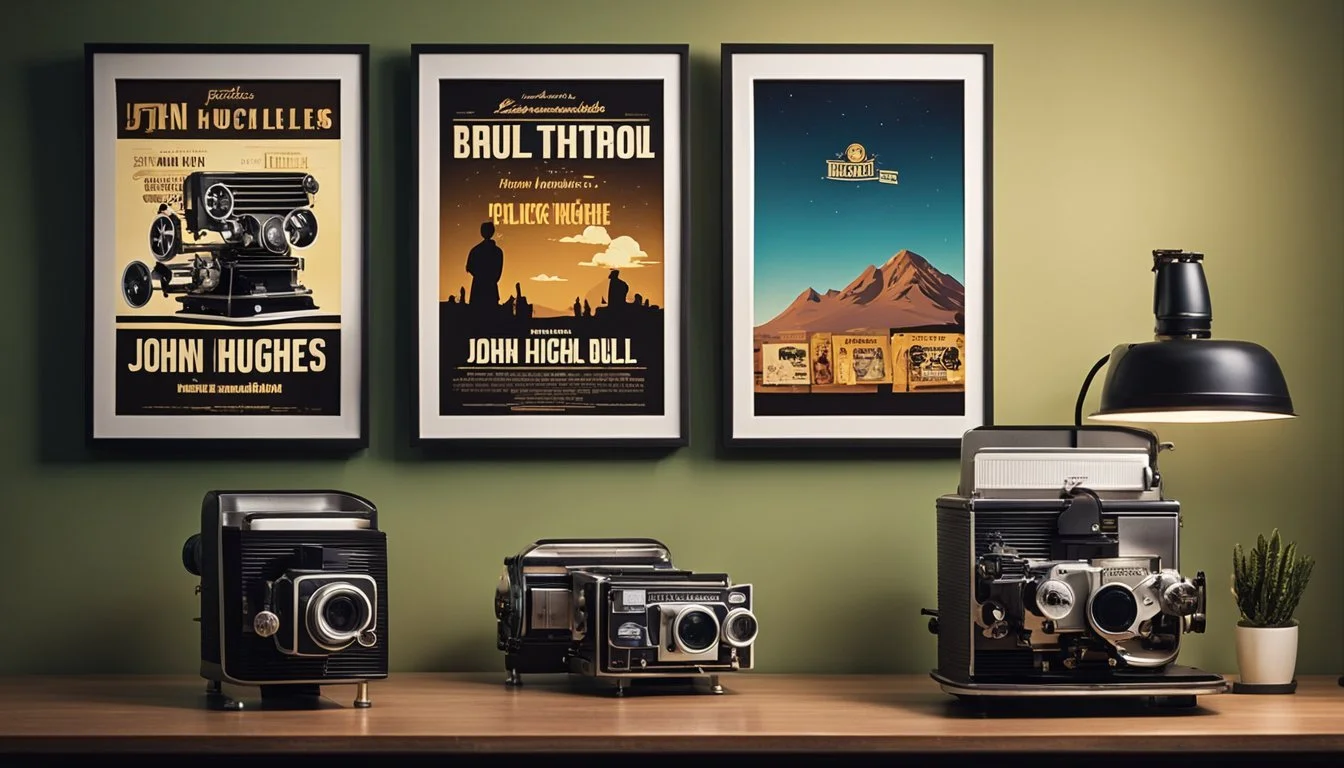5 Insightful Films on John Hughes
Texas Ranger Legend - A Cinematic Exploration of a Frontier Hero
John Hughes, a legendary Texas Ranger, left an indelible mark on law enforcement history. His exploits and character have inspired numerous works of fiction and media portrayals over the years. Films depicting Hughes offer viewers a glimpse into the life and times of this influential lawman who helped shape the iconic image of the Texas Rangers.
While historical accounts provide factual details about Hughes' career, cinematic interpretations bring his story to life for modern audiences. These films blend historical elements with dramatic storytelling to capture the essence of Hughes' contributions to Texas law enforcement and his enduring legacy as a symbol of justice in the Old West.
1) The Breakfast Club (1985)
The Breakfast Club stands as one of John Hughes' most iconic films. It explores the lives of five high school students from different social cliques who spend a Saturday in detention together.
The movie features a stellar cast including Emilio Estevez, Judd Nelson, Molly Ringwald, Anthony Michael Hall, and Ally Sheedy. Each character represents a different stereotype: the jock, the criminal, the princess, the brain, and the basket case.
Throughout the day, the students gradually open up to each other. They share their personal struggles, fears, and aspirations. This leads to unexpected connections and a deeper understanding of their shared experiences.
Hughes' screenplay deftly captures the angst, insecurities, and complexities of teenage life. The film's exploration of identity, peer pressure, and parental expectations resonated strongly with audiences.
The Breakfast Club's impact on popular culture has endured for decades. Its honest portrayal of adolescent issues continues to speak to new generations of viewers.
More information on The Breakfast Club
2) Ferris Bueller's Day Off (1986)
Ferris Bueller's Day Off is a beloved coming-of-age comedy directed by John Hughes. The film follows charismatic high school senior Ferris Bueller as he skips school for an adventure in Chicago with his girlfriend and best friend.
Matthew Broderick stars as the charming and resourceful Ferris, who outsmarts his parents, teachers, and the determined school principal Mr. Rooney. His elaborate schemes and fourth-wall-breaking narration make for an entertaining ride through the Windy City.
The movie showcases iconic Chicago locations, including Wrigley Field, the Art Institute, and the Sears Tower. A memorable scene features the trio admiring artwork at the Art Institute, set to an instrumental version of The Smith's "Please, Please, Please Let Me Get What I Want."
Ferris Bueller's Day Off balances humor with moments of genuine emotion and self-reflection. It explores themes of friendship, living life to the fullest, and the anxieties of impending adulthood.
The film's enduring popularity stems from its relatable characters, quotable dialogue, and timeless message about seizing the day. It remains a quintessential 1980s teen movie and a high point in John Hughes' filmography.
More information on Ferris Bueller's Day Off
3) Planes, Trains, and Automobiles (1987)
Planes, Trains and Automobiles stands as one of John Hughes' most beloved comedies. The film stars Steve Martin as Neal Page, a high-strung marketing executive, and John Candy as Del Griffith, a good-natured but irritating shower curtain ring salesman.
The story follows these two mismatched travelers as they attempt to make their way from New York to Chicago in time for Thanksgiving. Their journey is beset by a series of mishaps and transportation failures, forcing them to rely on various modes of transport.
Hughes' script expertly balances humor with heartfelt moments, showcasing his ability to craft relatable adult characters. The film's strength lies in the chemistry between Martin and Candy, whose comedic timing and contrasting personalities drive the narrative.
While known for his teen-focused films, Hughes demonstrates his versatility as a filmmaker with this adult-oriented comedy. Planes, Trains and Automobiles received critical acclaim for its mix of slapstick humor and emotional depth.
The movie has since become a holiday classic, celebrated for its themes of friendship, empathy, and the importance of human connection during difficult times.
More information on Planes, Trains and Automobiles
4) Sixteen Candles
Sixteen Candles (1984) marked John Hughes' directorial debut and launched his successful career in teen-oriented films. The movie stars Molly Ringwald as Samantha Baker, a girl whose sixteenth birthday is overlooked by her family.
The film explores themes of teenage angst, unrequited love, and high school social dynamics. Samantha navigates her crush on the popular Jake Ryan while dealing with unwanted attention from a geeky freshman.
Sixteen Candles showcases Hughes' talent for capturing the essence of adolescent experiences. The movie's authentic portrayal of teenage emotions and relationships resonated strongly with audiences.
Ringwald's performance as Samantha established her as a teen icon of the 1980s. The film also features notable performances by Anthony Michael Hall and Michael Schoeffling.
Sixteen Candles remains a beloved coming-of-age comedy, remembered for its humor, heart, and portrayal of teenage life in suburban America. Its influence can be seen in numerous teen films that followed.
More information on Sixteen Candles
5) Home Alone (1990)
Home Alone is a beloved comedy film directed by Chris Columbus and written by John Hughes. It stars Macaulay Culkin as Kevin McCallister, a young boy accidentally left behind when his family goes on vacation.
The movie follows Kevin's adventures as he defends his home from burglars. He sets up elaborate traps and pranks to outsmart the criminals, played by Joe Pesci and Daniel Stern.
Home Alone was a massive box office success, grossing over $470 million worldwide. It spawned multiple sequels and became a holiday classic.
The film showcases Hughes' talent for writing relatable family dynamics and memorable characters. It combines slapstick humor with heartwarming moments, appealing to audiences of all ages.
Home Alone's enduring popularity has made it a staple of Christmas movie marathons. Its quotable lines and iconic scenes continue to resonate with viewers decades after its release.
More information on Home Alone
Biographical Background
John Reynolds Hughes led a remarkable life as a Texas Ranger, cowboy, and author. His journey from humble beginnings to becoming a legendary lawman shaped the landscape of the Old West.
Early Life and Influences
Born on February 11, 1855, in Henry County, Illinois, John R. Hughes grew up in a time of rapid westward expansion. His family later moved to Mound City, Kansas, where young Hughes had limited opportunities for formal education.
Farm work consumed much of his youth, developing his strong work ethic and resilience. At the age of 14, Hughes left home for Texas, drawn by the allure of the frontier.
In Texas, Hughes found work as a cowboy, honing his skills in horsemanship and marksmanship. These early experiences on cattle ranches prepared him for his future career in law enforcement.
Career Milestones
Hughes joined the Texas Rangers in 1887, marking the beginning of a long and distinguished career. His reputation for bravery and effectiveness in tracking down outlaws grew rapidly.
In 1893, Hughes participated in a notable pursuit of the "Bosque Gang," a group of rustlers and killers operating along the border. This operation solidified his status as a skilled lawman.
Hughes' dedication earned him promotions within the Rangers. By 1915, he had risen to the rank of Senior Captain, overseeing Company D.
In 1940, Hughes received the Certificate of Valor, recognizing his exceptional service. His career inspired several books and possibly influenced the creation of the fictional Lone Ranger character.
Filmmaking Style
John Hughes' films about the legendary Texas Ranger exhibit distinct visual and narrative techniques. These elements shape the portrayal of the iconic lawman on screen.
Signature Techniques
Hughes' films employ wide-angle shots to capture the expansive Texas landscape. This technique emphasizes the Ranger's connection to the rugged terrain. Close-ups focus on the protagonist's determined expressions, highlighting his unwavering resolve.
The director often uses low-angle shots to portray Hughes as a larger-than-life figure. This framing reinforces the Ranger's heroic stature. Slow-motion sequences punctuate key action scenes, adding dramatic weight to pivotal moments.
Natural lighting is favored, enhancing the authenticity of outdoor settings. This approach creates a raw, unfiltered look that aligns with the frontier spirit.
Recurring Themes
Justice and honor feature prominently in Hughes' films. The Ranger's unwavering commitment to upholding the law is a central focus. Scenes often depict Hughes making difficult moral choices in the face of adversity.
The clash between civilization and lawlessness is explored through conflicts with outlaws and corrupt officials. This tension underscores the Ranger's role as a guardian of order in a chaotic frontier.
Loyalty to fellow Rangers and the people of Texas is consistently portrayed. Hughes' relationships with colleagues and civilians illustrate the importance of community in his work.
The films also touch on the personal sacrifices made in service to the badge. Scenes of Hughes grappling with the demands of duty provide depth to his character.
Impact on the Film Industry
John Hughes' films about Texas Rangers significantly influenced Hollywood's portrayal of law enforcement in the Old West. His works shaped audience perceptions and inspired future depictions of these iconic lawmen.
Legacy and Recognition
Hughes' films cemented the Texas Ranger as a heroic figure in American cinema. His portrayals emphasized their courage, integrity, and dedication to justice. This positive image resonated with audiences and became a staple in Western films.
Many actors sought roles as Texas Rangers, seeing them as career-defining opportunities. Hughes' movies launched several careers and elevated the status of performers who portrayed these lawmen.
The success of Hughes' films led to increased funding for Ranger-themed productions. Studios recognized the public's appetite for these stories and invested heavily in similar projects.
Cultural Influence
Hughes' Texas Ranger films shaped popular perceptions of the American West. They reinforced ideals of rugged individualism and frontier justice that became synonymous with the Ranger image.
These movies influenced fashion trends, with cowboy hats and boots experiencing surges in popularity after each release. Toy manufacturers capitalized on the Ranger craze, producing action figures and playsets.
Hughes' works inspired a new generation of filmmakers to explore Ranger stories. His techniques for portraying gunfights and chase scenes became industry standards, influencing action sequences in various genres.
The films also sparked public interest in Texas Ranger history. Museums and historical sites reported increased visitor numbers following major Hughes releases.







